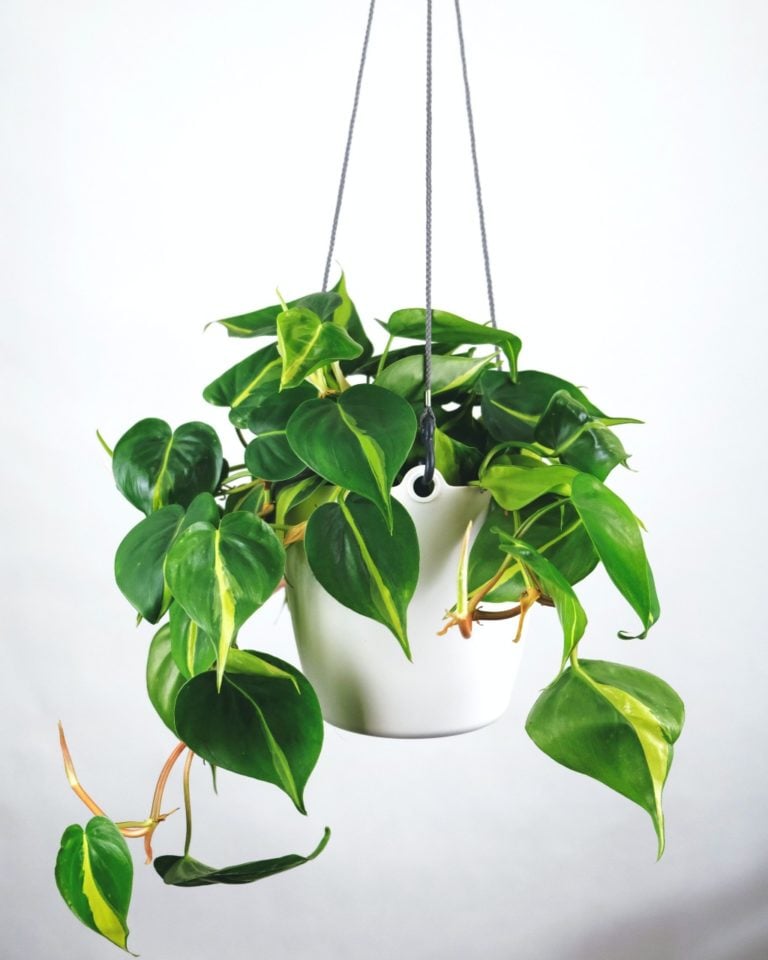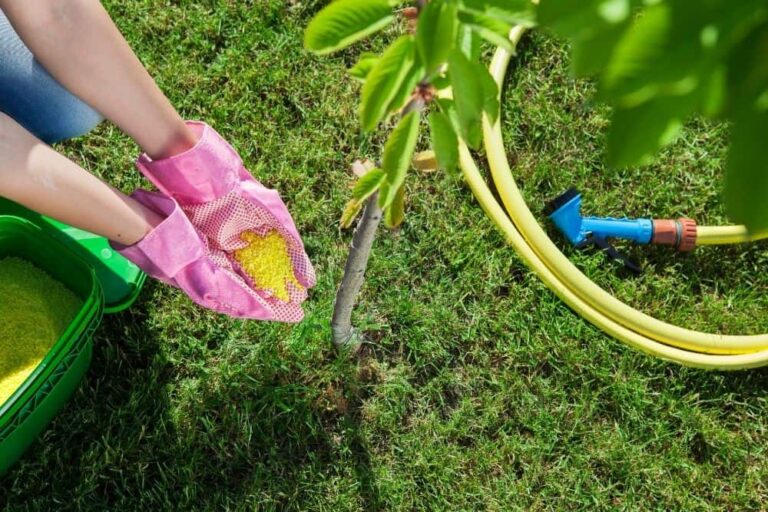Get Great Flavors With Our Ornamental Peppers Guide
When most of us think of peppers, we think of spicy dishes and exotic entrees, but some varieties of pepper can also add flavor to your garden. Ornamental peppers are a unique and functional accent for the home that produces a bounty of color around the fall and winter holidays. These flashy fruits are more than just for show, too- ornamental peppers are completely edible, albeit spicy. With the right care, you can cultivate a gorgeous pepper plant in your own home, and if you’re partial to fiery foods, you can even use the fruits of your labor in your cooking.
What are Ornamental Peppers?
Native to Central and South America, ornamental pepper plants produce glossy green foliage and small white flowers in the summertime that later turn into clusters of vibrant fruit. Different cultivars of Capsicum annuum produce a rainbow of colors, including red, purple, yellow, and orange. Ornamental pepper varieties such as the Black Pearl even come in mesmerizing shades of violet so deep that they look almost black.
Peppers often change color as they ripen, so you may get to see multiple colors emerge from just one pepper plant. For example, as Bolivian Rainbow peppers mature, they go through an entire spectrum of color, from purple to yellow and then from orange to red. During fruiting season, you’ll see all of these colors nestled among the leaves of this stunning plant.
The fruit grown on ornamental pepper plants is entirely edible, but this species of pepper is grown for its looks more than its flavor. The peppers produced by cultivars of Capsicum annuum are often incredibly spicy and lack the sweetness of cooking peppers such as bell peppers or jalapeños. The Black Pearl and Bolivian Rainbow plants mentioned above produce peppers that range from between 10,000 and 30,000 Scoville heat units, a unit of measurement used to describe the relative spiciness of a pepper. By comparison, jalapeño peppers usually range between just 2,500 and 5,000 Scoville heat units.
Because ornamental peppers are so hot, it’s a good idea to use gloves when handling seedlings. If you use the peppers in cooking, be sure to wear hand protection and don’t touch your eyes, nose, mouth or other areas of skin. You should also keep your plant somewhere out of the reach of children, as accidental ingestion can lead to tears.
Planting Ornamental Peppers
If you are growing your ornamental pepper from seed, you should start sowing in the in springtime to give your plant plenty of time to develop before it starts producing fruit. Seeds require light for germination, so make sure that they’re not covered or blocked from the sun. You should also keep soil moist for seedlings but not overly soggy, as this can lead to rotting and infection. You should grow seeds in a potting soil that not only contains enough nutrients to support growth, but that also drains well when irrigated.
Your pepper seeds should start to germinate in one to two weeks after planting. About three weeks after the seedlings have germinated, you can help them to grow faster and stronger by adding half-strength liquid fertilizer to the soil once every fortnight. After another six to eight weeks of development, each of your young ornamental pepper plants will be ready to move into its very own pot. The experts at eHow garden can tell you more about how to plant and display healthy ornamental peppers.
Growing Requirements for Ornamental Peppers
Ornamental peppers are usually grown as annual plants, flowering in the summer and fruiting in the late fall. By providing proper care for your plant, you can keep it looking healthy and vibrant through the entire winter holiday season.
- Ornamental pepper plants like to have access to plenty of bright, full sunlight. If you keep your plant indoors, keep it in an eastwards or westward facing window so that it gets a couple hours of direct light during sunrise or sunset each day.
- Keep your pepper plant at temperatures of around 70 to 80℉ during the daytime and cooler temperatures of between 55 and 65℉ at night. Anything lower than 55℉ may cause damage to your plant or its fruits.
- As a native to South America, the ornamental pepper plant is adapted to receive plenty of rainfall during its growing period. Make sure to keep its soil moist at all times, but be careful not to overwater. Allow soil to drain, and remove any excess water that collects in your pepper plant’s pot tray.
- While your plant is flowering and fruiting, you can promote healthy development by giving it plenty of nutrients. It can help to apply a dilute liquid fertilizer to your plant once every two weeks.
Overwintering Your Ornamental Peppers
Although many people think of ornamental peppers as annual plants, you don’t have to give up on your peppers after just one year. Capsicum annuum can be grown as a perennial by overwintering the plant. This involves bringing the plant indoors when conditions start to grow cold outside, as frost will kill your peppers and prevent growth the following year.
You should store your plant in a cool, dry location during the winter and wait until the weather gets warmer before bringing it back outside. It’s a good idea to grow your peppers in a pot if you want to overwinter your plant, as this makes it easier to transport foliage between indoor and outdoor environments. You can learn more about overwintering potted pepper plants from our friends at Rainbow Gardens.
While potting ornamental peppers may be convenient, many homeowners prefer to enjoy the plant as a garden accent. Capsicum annuum cultivars make colorful bedding or border plants, which often requires planting the peppers directly in soil. While this complicates matters somewhat, you can still overwinter garden plants that are not potted. Simply dig the plant up, retaining as much of the root mass as you can, and place in a pot that drains well. Fill in any air pockets with potting soil, and place the plant in a brightly lit indoor area until springtime. This allows your ornamental pepper plant to survive the harsh conditions of winter so that you can enjoy its beautiful fruits all over again the following year.
Photo by William Neuheisel licensed under CC BY 2,0


